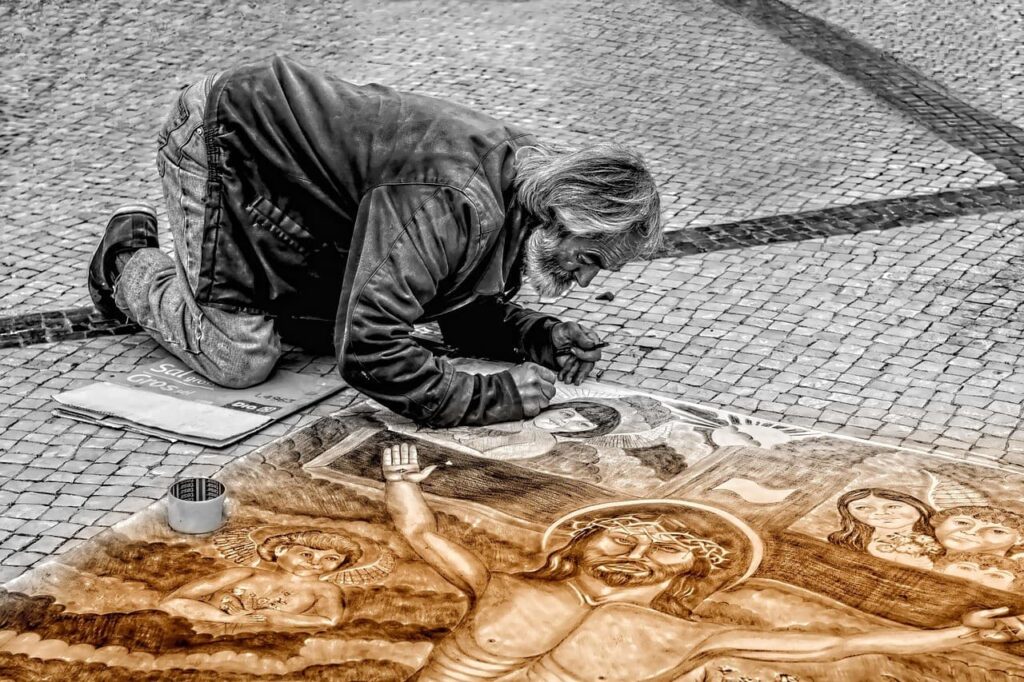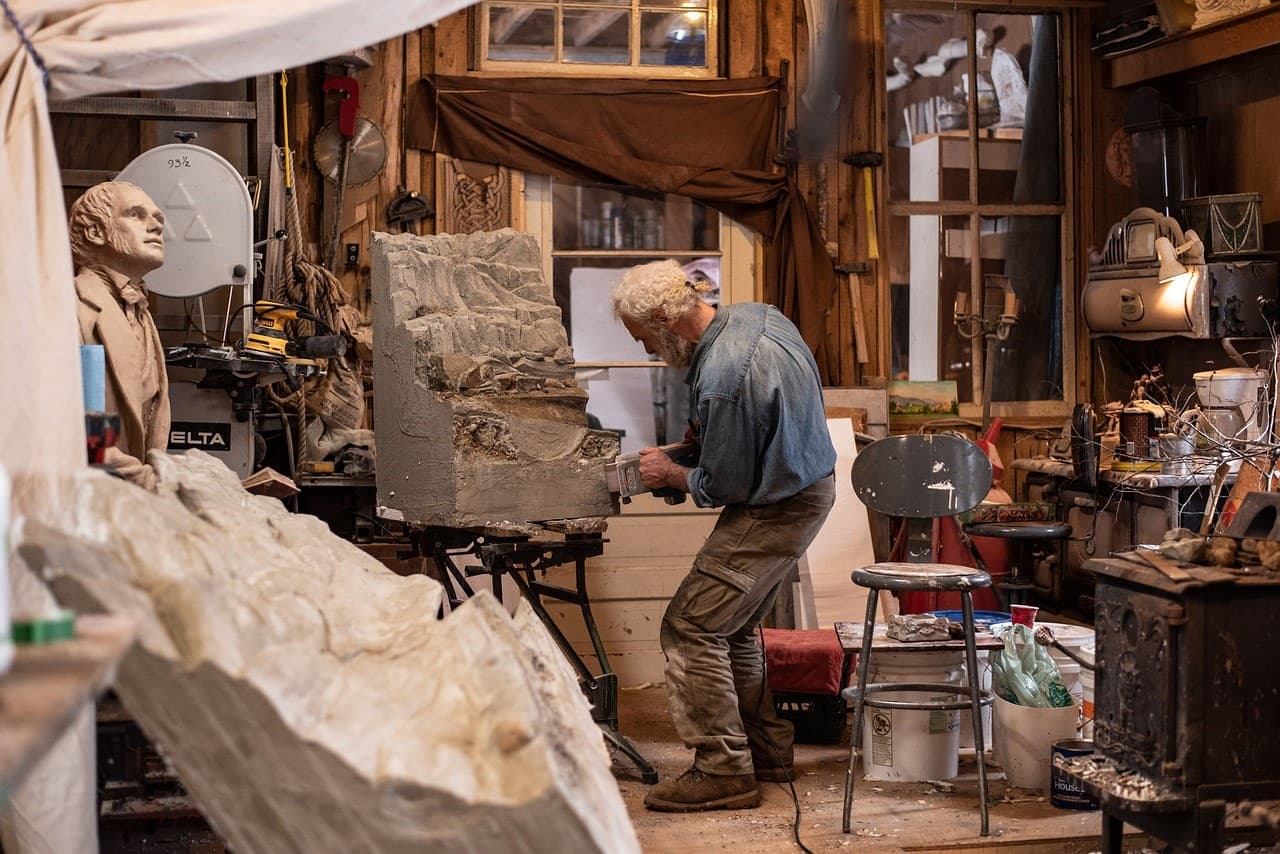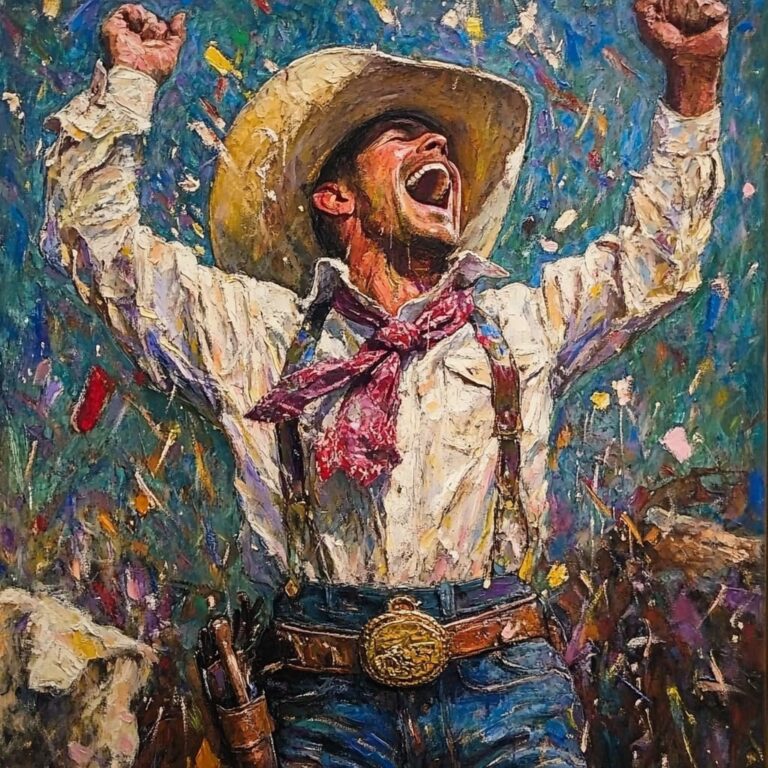Art has always been a reflection of humanity—its triumphs, tragedies, beliefs, and dreams. Through paint, sculpture, photography, and even digital media, artists have expressed the inexpressible and captured the spirit of their times. Among them, a handful of names have risen to become legends, not only for their talent but for how they transformed the very fabric of art history. From the delicate brushstrokes of the Renaissance to the bold experimentation of modernism, these artists have influenced generations and sparked conversations that continue to shape our world.
Renaissance Visionaries: Where It All Began
The Renaissance was a period of artistic awakening, where human emotion, religious devotion, and scientific inquiry were all woven into the fabric of visual masterpieces. Leading the charge were some of history’s most revered names: Leonardo da Vinci, Michelangelo Buonarroti, and Raphael Sanzio.
Leonardo da Vinci was a polymath whose interests spanned anatomy, engineering, and architecture—but it is his art that truly defined his genius. “The Last Supper” and “Mona Lisa” are more than just paintings; they’re cultural icons. Leonardo’s obsession with realism, perspective, and the human form pushed art into a new realm of sophistication and mystery.
Michelangelo, often seen as Leonardo’s rival, made his mark not only in painting but also in sculpture. His David statue remains one of the most recognized and admired works in Western art. Perhaps even more astonishing is his ceiling fresco in the Sistine Chapel—a staggering feat of creativity and endurance that tells biblical stories in grand, muscular detail.
Raphael, the youngest of the trio, captured elegance and harmony like no other. His Madonna portraits and his frescoes in the Vatican show a balance and grace that came to define High Renaissance ideals. His untimely death at 37 left the world wondering what further greatness he could have achieved.
Bold Modernists: Breaking the Rules to Make New Ones
As the centuries turned and the world changed, so did art. The modernist movement ushered in a wave of experimentation, abstraction, and bold color. Artists like Vincent van Gogh, Pablo Picasso, and Frida Kahlo stepped away from classical techniques and gave us something far more raw and personal.
Vincent van Gogh is perhaps the ultimate symbol of the tortured artist. Though he sold only one painting in his lifetime, his works now rank among the most valuable in the world. With swirling skies, vibrant fields, and deeply emotional self-portraits, Van Gogh’s style was ahead of its time. “Starry Night” and “Sunflowers” are more than beautiful compositions—they’re windows into a fragile, brilliant mind.
Pablo Picasso was a revolutionary who never stopped reinventing himself. From the soft tones of his Blue Period to the explosive geometry of Cubism (which he co-founded), Picasso challenged every norm. “Les Demoiselles d’Avignon” and “Guernica” remain two of the most discussed and dissected artworks of the 20th century. Picasso didn’t just change the rules—he rewrote the entire playbook.
Frida Kahlo, one of the most celebrated female artists in history, turned her pain into power. Stricken with illness and injury for much of her life, Kahlo used art as therapy and commentary. Her self-portraits, rich with symbolism and personal mythology, explore themes of identity, feminism, and resilience. Kahlo’s unapologetic style and vivid storytelling continue to inspire a new generation of artists and activists.

Contemporary Creators: Redefining Art in the Digital Age
As we moved into the 21st century, the art world expanded to include new media, new voices, and new ways of seeing. Artists like Banksy, Yayoi Kusama, and Ai Weiwei have used their platforms not just to create beauty but to challenge society, politics, and tradition.
Banksy, the anonymous British street artist, is a global phenomenon. Known for his stenciled graffiti that often carries sharp political messages, Banksy has made the streets his gallery and the public his audience. Whether commenting on capitalism, war, or surveillance, his work combines wit, grit, and social critique. Despite his secrecy, or perhaps because of it, his art has made headlines, sparked debate, and fetched millions at auction.
Yayoi Kusama, the queen of polka dots and infinity rooms, has turned her personal hallucinations and mental health struggles into an immersive art experience. Her installations—featuring mirrors, lights, and repetitive patterns—create dreamlike spaces that challenge perception and celebrate the surreal. Kusama’s work has made her a pop culture icon, drawing huge crowds at exhibitions around the world.
Ai Weiwei blends art and activism like no other. This Chinese contemporary artist and dissident uses sculpture, installation, photography, and even social media to critique authoritarianism and stand up for human rights. From dropping a Han Dynasty urn to building refugee installations, Ai’s art is a call to action and a voice for the voiceless.
The Lasting Impact: Why Famous Artists Still Matter
What sets these artists apart isn’t just talent—it’s influence. They didn’t just paint or sculpt—they provoked thought, stirred emotions, and forced society to look in the mirror. Each of these creators brought something new: a style, a movement, a perspective that left a permanent mark on the world of art and beyond.
Their works live on in museums, textbooks, hashtags, and tattoos. They’ve inspired films, fashion, music, and protest. Whether it’s da Vinci’s scientific precision, Van Gogh’s emotional honesty, or Banksy’s streetwise satire, these artists have transcended their mediums. They remind us that art is more than decoration—it’s dialogue. It asks hard questions. It tells stories no one else can. And it endures.
Conclusion: The Artists Who Paint the Soul of the World
Famous artists become famous not simply because of their brushstrokes, but because of what they represent. They are time travelers who capture the essence of their age and visionaries who imagine something beyond it. From the perfectionism of Michelangelo to the rebellion of Picasso and the activism of Ai Weiwei, each one holds a mirror to our collective soul.
As we look to the future, we’re certain to see more names added to this prestigious list—artists who continue to break boundaries and reimagine what art can be. But no matter how far we go, these legendary figures will always be our guiding stars, reminding us that creativity is one of humanity’s greatest powers.

